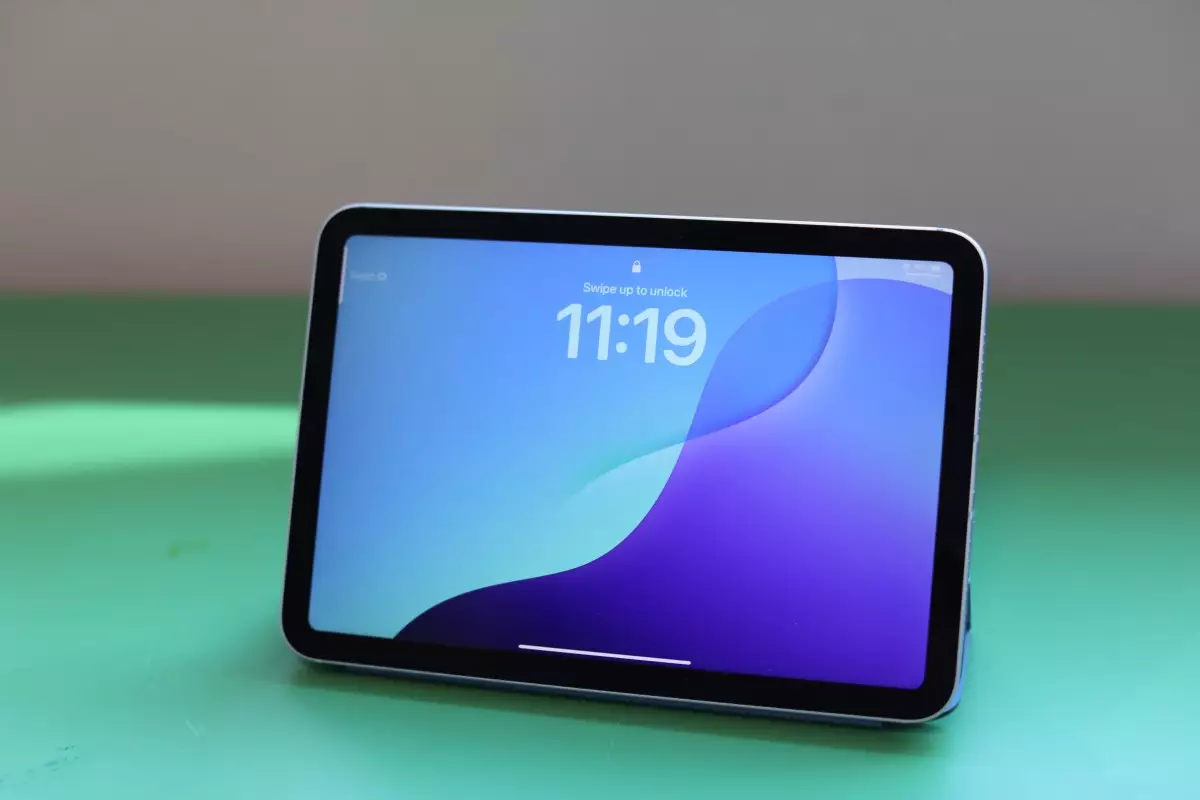The iPad Mini has often been viewed as the overlooked sibling in Apple’s extensive lineup of tablets. After years of sluggish updates and dwindling attention from the company, recent advancements hint that the Mini is undergoing a significant transformation. With Apple’s impressive strides in processing technology, particularly through the integration of upgraded chips, the iPad Mini now stands at an interesting crossroads between mobility and computing capabilities.
For several years, Apple seemed to place a lower priority on the iPad, shifting its focus instead to its mobile devices, wearables, and emerging technologies like mixed reality. This strategic pivot mirrored a similar trend with the Mac, which, thanks to the introduction of the Apple Silicon architecture, has seen a remarkable resurgence. The July 2023 unveiling of the M4 chip for the iPad Pro line signified a pivotal moment—marking the first instance that Apple’s M-series chips, traditionally reserved for Macs, ventured onto a tablet platform. This strategic decision showcased Apple’s intention to position the iPad closer to the Mac in terms of performance potential, especially in high-demand contexts.
As competitors in the tablet market innovate and improve their offerings, Apple’s focus on elevating their tablet pie has become notable. The company’s proactive approach to expanding iPad utility reinforces its competitive spirit in a crowded technological landscape.
In the recent update cycle, the iPad Mini has undergone noteworthy enhancements. While the iPad Pro and iPad Air benefited from the latest M-series chips, the Mini now sports an A17 Pro, a chip shared with the new iPhone 16 Pro models. This infusion of power has transformed the Mini into a remarkable device—one that surpasses the base iPad in computational ability. The disparity in tech specs positions the Mini as an underdog that boasts superior graphical capabilities and performance, despite its compact size.
Considering the pricing, the Mini now retails at $499 for the Wi-Fi model, overshadowing the base iPad’s starting price of $349. Nevertheless, this premium pricing aligns with its advanced specs. The Mini’s diminutive 8.3-inch display, while smaller in area compared to the base iPad’s 10.1 inches, flaunts a stunning resolution of 2,266 x 1,488 pixels. This results in a pixel density of 326 ppi that surpasses any current iPad, virtually ensuring a sharp and vivid visual experience, especially useful for creative pursuits such as drawing and note-taking.
One of the more intriguing aspects of the iPad Mini is its positioning in the market. It occupies a unique space that is neither a full-fledged tablet nor a simple smartphone but rather a versatile device adept for varied tasks. With its ideal size, it serves well for casual entertainment like watching videos, yet it trails behind larger iPads when it comes to significant multimedia engagements. Consequently, while customers find it easier to hold and utilize for note-taking or quick sketching sessions, those seeking robust cinematic experiences might opt for the Air or Pro models.
The Mini’s compatibility with Apple Pencil and Pencil Pro provides an extra layer of utility for those in creative or academic fields. Its compact size makes it an excellent companion for students, easily fitting into backpacks and lending itself to quick retrieval during lectures. Apple’s innovations such as the enhanced Calculator app further cement the Mini’s appeal as a study aid.
Another key factor driving the iPad Mini’s relevance, particularly in education, is the introduction of Apple Intelligence. The incorporation of generative AI capabilities allows the iPad Mini to assist students in writing and organizing information more efficiently. While tools like ChatGPT provide similar functionalities, the native integration within iPadOS enhances user convenience and accessibility. This renders the Mini a compelling device for scholars who value the balance between a lightweight form factor and powerful productivity features.
However, the question remains—does a small tablet like the Mini hold enough differentiated value for the average user compared to larger smartphones or even standard iPads? Users in various demographics might find less necessity for such a device unless they require specific functionalities that the Mini excels in.
Ultimately, the iPad Mini has evolved into a strong contender for those in search of a lightweight tablet that does not compromise on performance. The upgraded silicon, alongside features like Apple Intelligence and stylus compatibility, positions it as a versatile tool, particularly within educational frameworks. While personal needs will shape the decision for potential buyers, for those who align with its capabilities—whether for creativity, study assistance, or efficient media consumption—the iPad Mini is undeniably a noteworthy and valuable device. With Apple continuously refining its offerings, the future of the iPad, especially the Mini, looks promising.


Leave a Reply